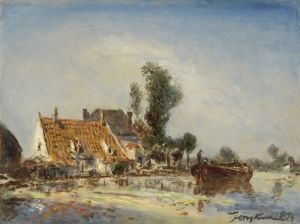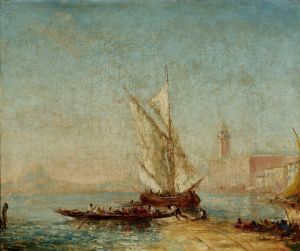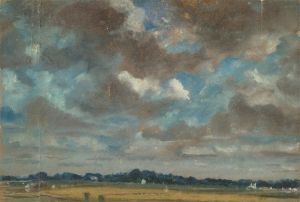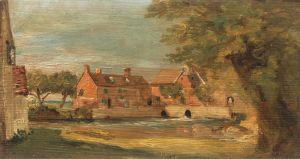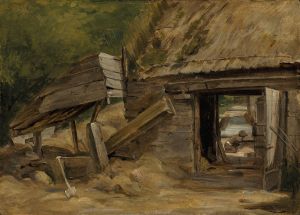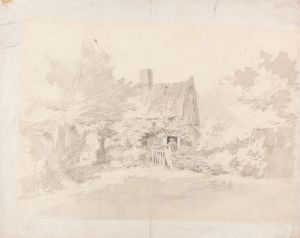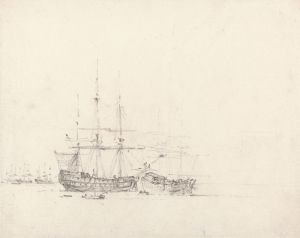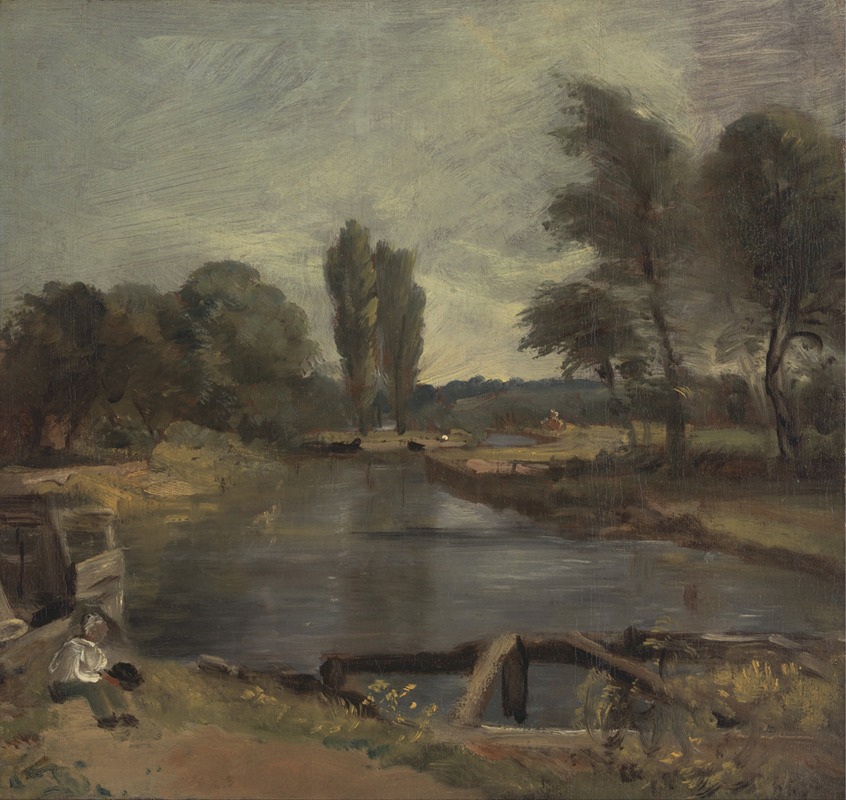
Flatford Lock
A hand-painted replica of John Constable’s masterpiece Flatford Lock, meticulously crafted by professional artists to capture the true essence of the original. Each piece is created with museum-quality canvas and rare mineral pigments, carefully painted by experienced artists with delicate brushstrokes and rich, layered colors to perfectly recreate the texture of the original artwork. Unlike machine-printed reproductions, this hand-painted version brings the painting to life, infused with the artist’s emotions and skill in every stroke. Whether for personal collection or home decoration, it instantly elevates the artistic atmosphere of any space.
"Flatford Lock" is a painting by the renowned English artist John Constable. Created in 1810, this work is one of the many depictions of the English countryside that Constable is famous for. The painting captures a serene and picturesque scene at Flatford Lock, which is located on the River Stour in Suffolk, England. This area was particularly significant to Constable, as it was near his birthplace and provided much of the inspiration for his work.
John Constable was born on June 11, 1776, in East Bergholt, Suffolk. He was the son of a wealthy miller and grew up in the rural landscapes that would later dominate his artistic output. Constable is often celebrated for his ability to capture the natural beauty of the English countryside with a sense of realism and emotional depth. His works are characterized by their attention to detail, use of light, and the portrayal of the changing weather and seasons.
"Flatford Lock" exemplifies Constable's dedication to painting en plein air, or outdoors, which allowed him to observe and depict nature with great accuracy. The painting shows a tranquil scene with a lock-keeper's cottage, a lock gate, and a boat on the river. The lush greenery and the calm water reflect Constable's skill in rendering the natural environment. The composition is balanced, with the lock and cottage on one side and the open river on the other, leading the viewer's eye through the scene.
The painting is part of a series of works that Constable created featuring the River Stour and its surroundings. These works include some of his most famous pieces, such as "The Hay Wain" and "Dedham Vale." Constable's paintings of this region are often referred to as his "six-footers" due to their large size, although "Flatford Lock" itself is more modest in scale.
Constable's approach to landscape painting was innovative for his time. He often made full-scale sketches in oil before completing the final work, a practice that allowed him to experiment with composition and lighting. This method is evident in "Flatford Lock," where the interplay of light and shadow creates a dynamic and lifelike scene.
Throughout his career, Constable faced challenges in gaining recognition. His work was initially more appreciated in France than in his native England. However, over time, he became one of the most important figures in British art, influencing future generations of landscape painters.
Today, "Flatford Lock" is held in the collection of the Victoria and Albert Museum in London. It remains a testament to Constable's mastery of landscape painting and his deep connection to the Suffolk countryside. The painting continues to be admired for its beauty and its ability to transport viewers to the idyllic rural scenes that Constable so loved.






